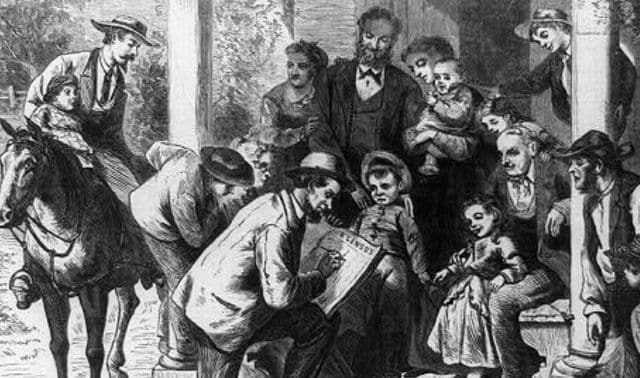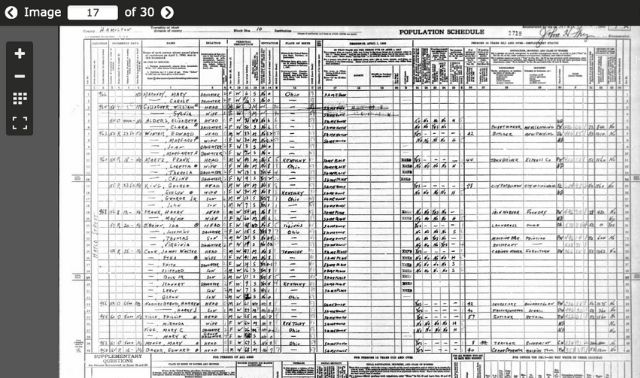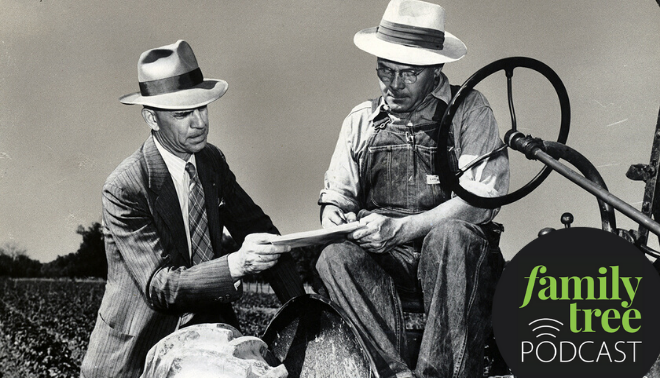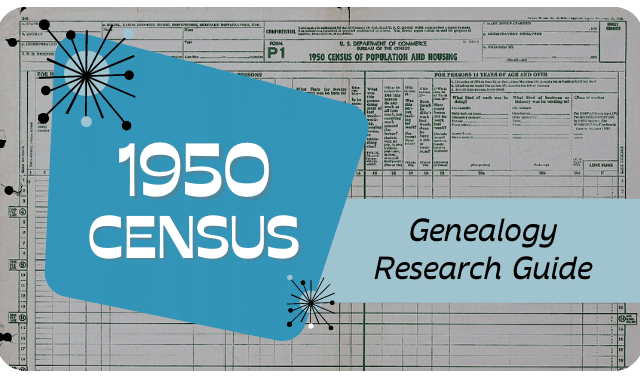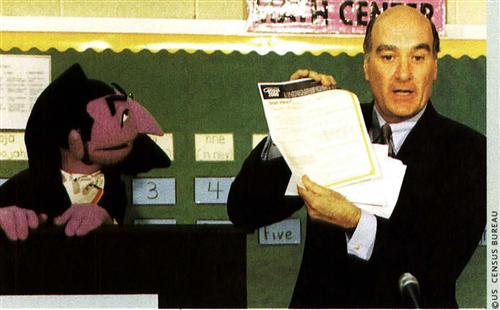 Did you save a copy of your completed US Census form? If so, you did your descendants a favor. Otherwise they’ll have to wait 72 years to read your responses — that’s how long the US Census Bureau keeps information on individuals under wraps.
Did you save a copy of your completed US Census form? If so, you did your descendants a favor. Otherwise they’ll have to wait 72 years to read your responses — that’s how long the US Census Bureau keeps information on individuals under wraps.
The bureau wants to make sure everyone knows it, too. Census 2000 has been emphasizing confidentiality in hopes it will encourage more people — especially immigrants, minorities, children and other groups who were undercounted in the last census — to take part.
You might not have been thinking about future family history fodder when you dutifully filled in your responses. But if you’re like most family tree researchers, you’ve studied a past census or two. So you can appreciate how lucky your descendants will be when they feast upon the information gathered in Census 2000.
Our nation’s decennial head count has come a long way since the first census takers took to the streets, er, dirt roads in 1790. They voyaged across the 13 states and returned information on 3.9 million individuals. The results helped the new federal government allocate Revolutionary War debt among the states and determined each state’s membership in the new House of Representatives, as well as taxation. (The census’ role in tax collection ended in 1913 with the 16th Amendment, which allowed the government to tax individuals directly.)
Flash forward 210 years (and 20 more censuses) to the country’s first fully computerized population tally. When National Census Day arrived April 1, the US Census Bureau was hoping to receive completed questionnaires from about 120 million households. The information on those forms is being scanned directly into computers, where the bureau will use it to compile statistical profiles of the nation. You’ll be able to read statistical results from an estimated population of 275 million on the Internet beginning in early 2001.
The old-fashioned, door-to-door method of counting heads hasn’t disappeared, though. The bureau hired more than 500,000 enumerators to interview the people their mailing lists and maps missed, plus track down those who simply didn’t send in their questionnaires.
Those folks will have a hard time pleading ignorance — Census 2000 fanfare has been hard to miss. It’s the most aggressively advertised head count in history. The campaign included 12 census graphic-covered “road tour vehicles” at such high-profile events as the Grammys and the NCAA Final Four Basketball Tournament. It also touted celebrity endorsements from Major League Baseball players Barry Bonds, Derek Jeter and Ivan Rodriguez, as well as Count von Count of “Sesame Street” fame.
For Census 2000 information and updates, see <www.census.gov>.
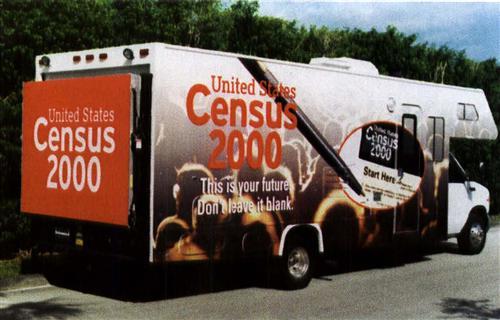
CENSUS TIMELINE
1790 First census, mandated by the Constitution
1850 Census begins including questions on social issues and listing the names of all members of a household
1921 Fire destroys most of the 1890 census records
1937 First use of statistical sampling by the US Census Bureau
1950 Census starts using paid advertisements
1960 Self-enumeration begins
1994 Census Web site launched
2000 Census is fully computerized
2002 Information collected on individuals in the 1930 census becomes available
STAND-IN CENSUS
In 1921 a wealth of family history data went up in smoke.
A fire in the basement of the Commerce Building in Washington, DC, destroyed virtually all of the 1890 census that year. Now it’s being reconstructed.
Ancestry.com is working with the National Archives and the Allen County, Ind., public library to create a “substitute” census. They’ll use city directories, state censuses, Native American tribe censuses, voter registration records and alumni directories to re-create the lost information.

